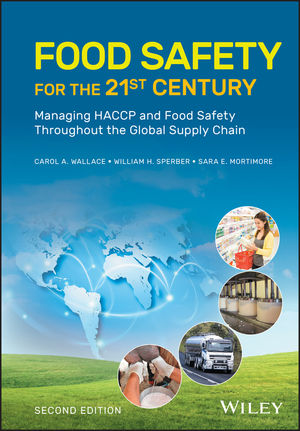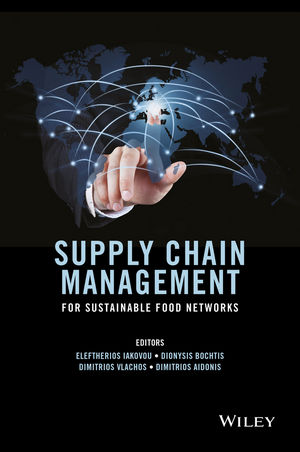The Food Safety Modernization Act (FSMA) has shifted the focus from responding to food safety breaches to actually preventing them. As a result, some best practices have emerged in the food processing industry to ensure food safety and prevent problems.
Sanitary plant design
There are some basics of design that must be addressed up front to maintain food safety standards.
For example, food processing facilities should include zones of control that separate uncooked products (raw) from cooked, ready-to-eat products, including segregated welfare areas for employees who handle each type of product.
Installing reliable mechanical systems to control temperature and humidity within the plant will eliminate any potential food safety issues and reduce the incidence of bacteria harborage. Materials used in the construction of a food processing plant should be able to withstand harsh cleaning chemicals and temperature variations.
Food safety is also an important consideration in both equipment upgrades and plant renovations. Prior to any new design work, food safety managers should conduct an internal audit of the facility and develop a risk matrix based on the likelihood of a food safety breach, including potential timing and costs. Prioritize upgrade or renovation projects based on this risk matrix.
It’s also important to determine root causes of potential violations and address them in their entirety. For example, changing air filters due to bacteria, mold spores or allergens will not “fix” the problem.
Sanitary equipment design
Inadequate or improper design of food processing equipment is the leading cause of food safety problems. It’s best to design or engineer the equipment with stringent, upfront specifications that meet your facility’s specific food safety requirements rather than trying to correct problems on the back end.
Sanitary equipment design includes eliminating any potential harborage areas such as nooks, cracks and crevices where undesirable microorganisms may cultivate. All angles on equipment should be curved or rounded with a quarter-inch radius or more to avoid the potential for bacteria growth. Equipment should also be designed with the minimum required number of legs to reduce harborage possibilities with special considerations for a ball foot, screw foot, welded-insert foot, plastic foot or stainless-steel foot.
Welding methods should be considered, opting for a single V-joint as opposed to square-butt joint, lap joint or T-joint, which can lead to niche areas where debris can become trapped. Mounting plates, brackets and junction boxes should be attached to a stainless-steel tube or pipe with a continuous welding method to avoid drilled holes.
Plants should minimize flat surfaces, especially in washdown areas where microorganisms are easily transferred by water.
Documentation and food safety audits
Frequent and proper documentation is one of the most important tools you can employ. Document all internal inspections and corrective measures such as cleaning procedures. Include detail on the disassembly of equipment, chemicals and cleaning utensils used and actual cleaning methods. If your plant is using a clean-in-place system, document the cycle times, water temperature and chemical levels.
Ensure that your facility has appropriate HACCP procedures in place. Carefully evaluate your current processes noting any changes in operational procedures on the production floor, new ingredients that have been introduced or new equipment added to your line.
Perform monthly inspections using Good Manufacturing Practices (GMPs), noting all corrective actions that have been taken. Ensure that all applicable regulations governing your specific process and/or industry are incorporated into your HACCP plan, GMP and QA procedures.
Food safety personnel are challenged with developing controls and processes for managing food safety precautions within a plant. Yet food safety is a role that every employee from the top down needs to embrace. It should be deeply rooted within the plant’s culture, and most important, it should be a continuous improvement process.











